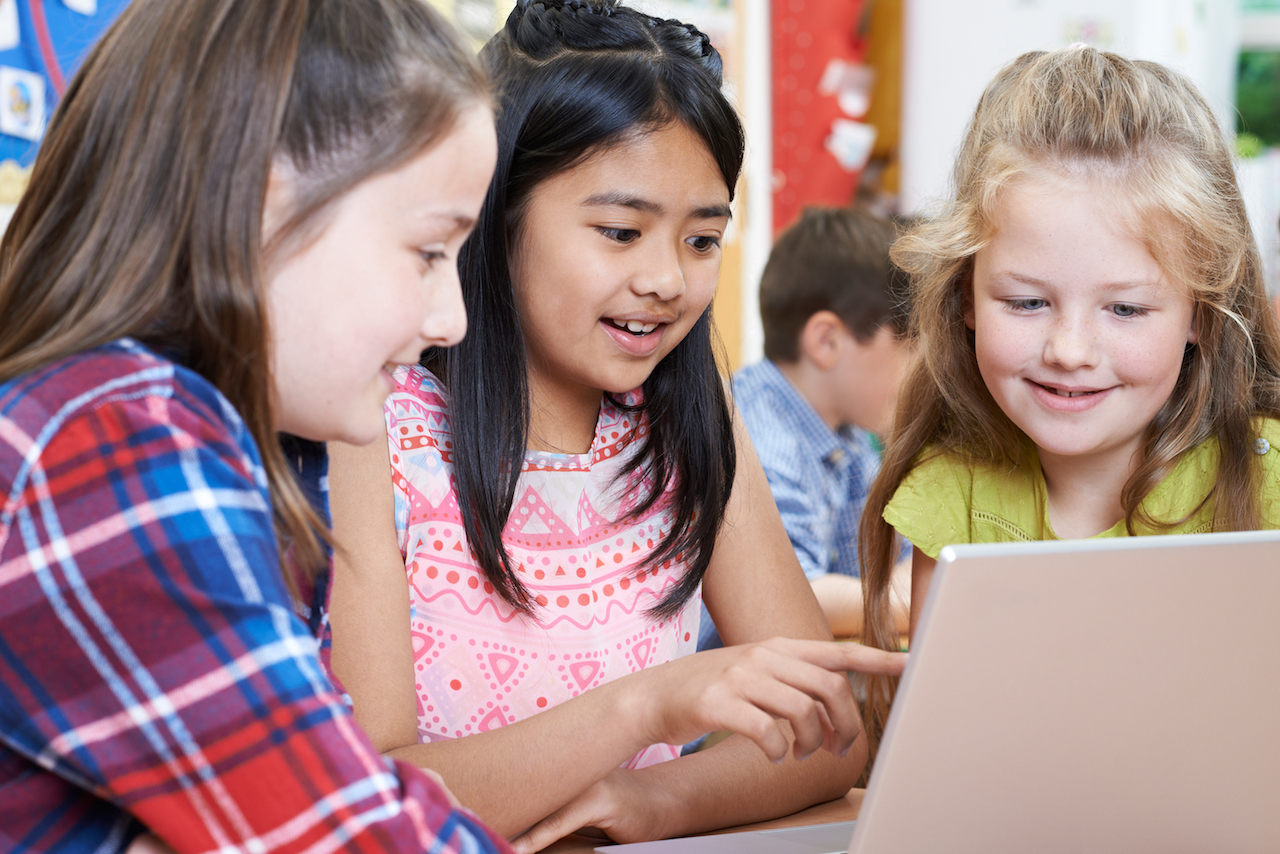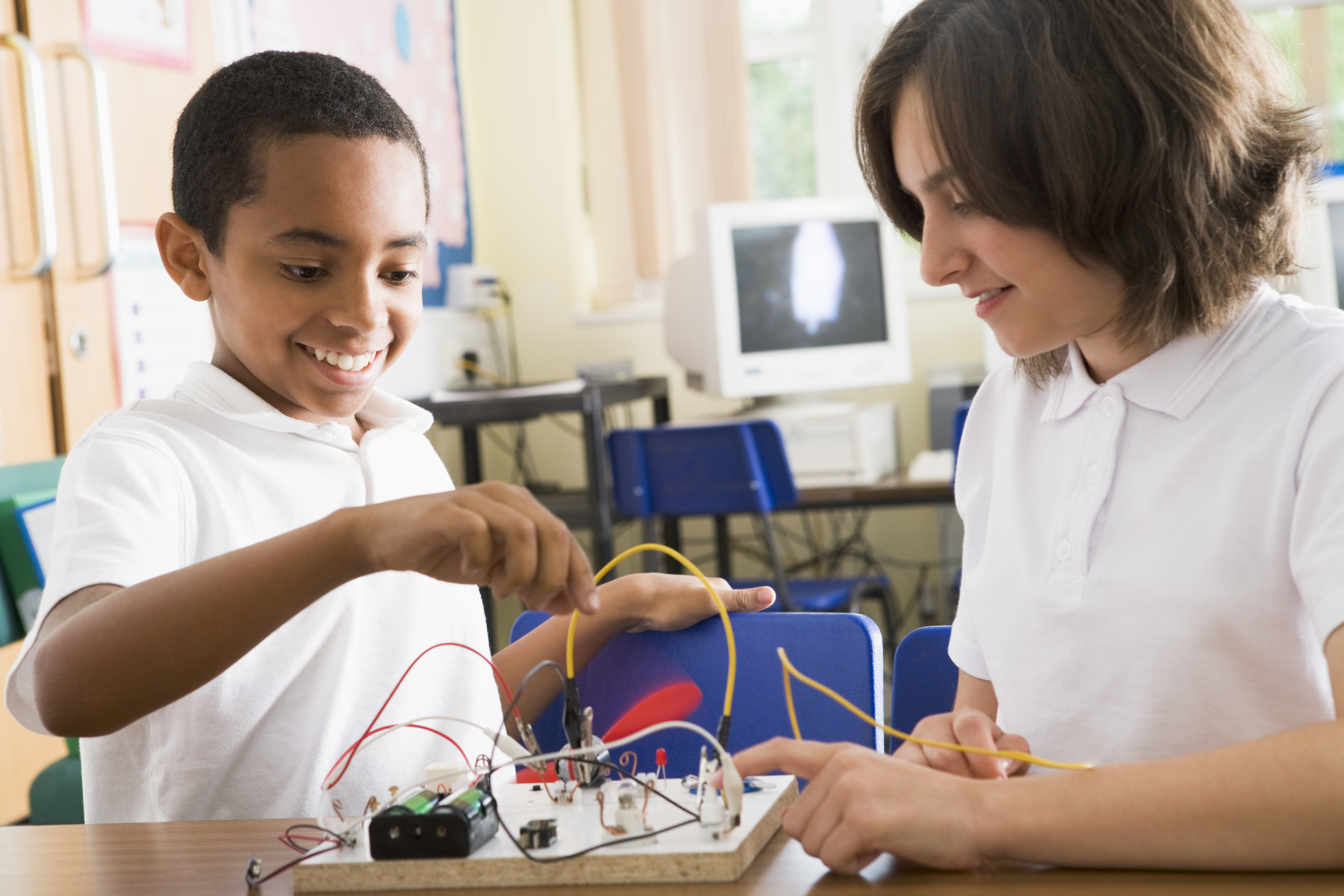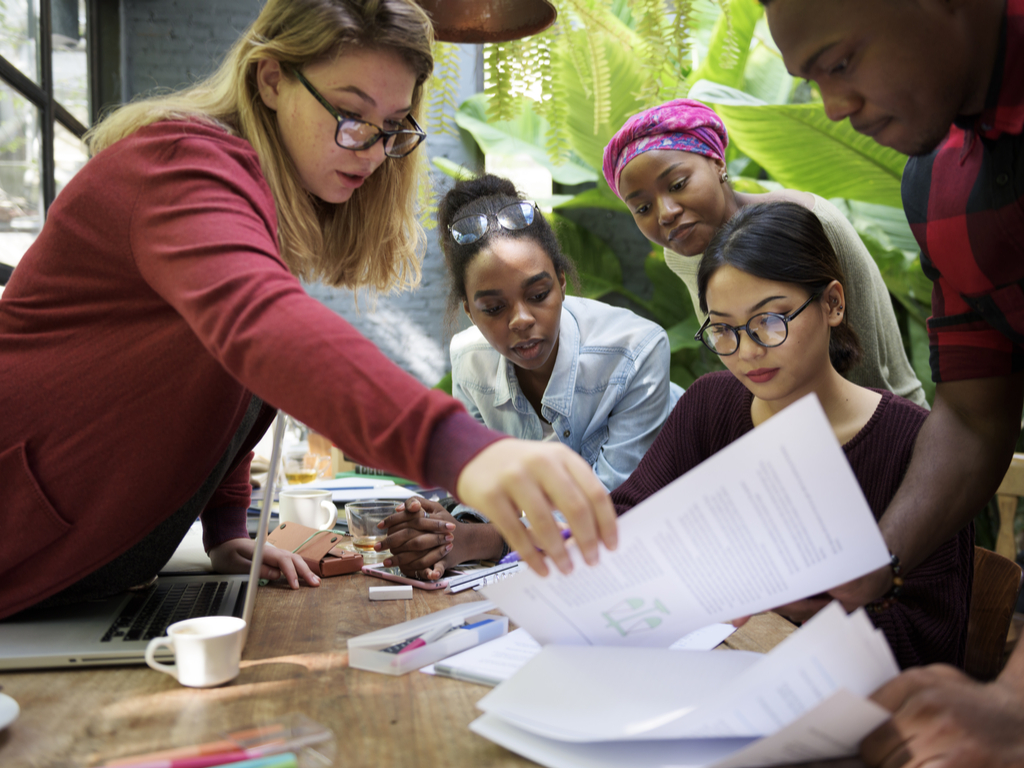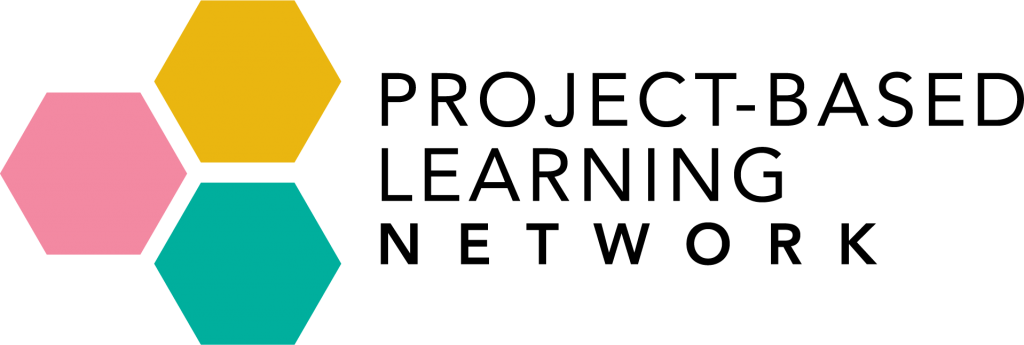You've probably heard the term “PBL” at conferences, professional development sessions, and maybe even on Twitter. But what is PBL, and why are teachers drawn to using it with students? What makes something a project-based learning unit and not just a project? And how do you get started with PBL in your district, building, or classroom? We'll discuss these topics in this post so you can better understand project-based learning and how it can make a difference for students in your context.

What is PBL?
Project-based learning (PBL) is a type of instruction in which students learn important skills, concepts and knowledge while working together to complete a meaningful, authentic project. Let's unpack that definition and elaborate on each piece while addressing some questions.
- Type of Instruction: PBL is more than a strategy–it's an informed approach. PBL instruction is based on the underlying belief that students can and should make a difference in the world around them. Positioning students as problem-solvers who have the ability to learn content deeply and impact their community leads to empowered students. Project-based learning teachers aim to engage and motivate all learners by holding high expectations of students while using strategies and tools to support students who need scaffolding. Project-based learning teachers skillfully plan and enact PBL units while requiring students to do the “heavy lifting” when it comes to thinking and reasoning during the project. PBL learners feel both challenged and supported by their teacher, leading to higher engagement throughout the project.
- Important Skills, Concepts and Knowledge: The first pushback we get when introducing the idea of PBL to some teachers is, “I don't have time for projects because I have so many standards to get through.” Some teachers like the idea of PBL, but have a hard time reconciling it with standards-based grading. However, PBL works WITH standards and content learning, not against it. High-performance PBL units are built on learning standards. PBLs give students a reason to learn the content, resulting in higher motivation, deeper learning, and longer retention.
- Working Together: Although you can have meaningful group work and collaboration in a classroom without PBLs, the value of students working together to complete a project extends beyond the moment of collaboration to the public exhibition of learning. First, when some teachers think about students working together, they may think about group work in a “divide and conquer” sort of way. We know more occurs in true collaboration, including students exchanging ideas, socially constructing their knowledge, bolstering their communication skills, and more. However, when students work together to finish a project, they accomplish all of that as well as approximate what they will encounter in life beyond the classroom, share their learning with other adults, and experience pride in completing a complex project.
- Meaningful, Authentic Projects: When was the last time you worked on something so engaging that you lost track of time? When did you last get so engrossed in working on something so important that you stayed focused for a lot longer than normal? When that moment occurred, you were probably in “flow state,” a state of heightened focus and immersion described by Mihaly Csikszentmihalyi that many people don't get to experience often enough. However, we can foster this flow state in our classrooms by planning PBL units in which students work on meaningful, authentic projects. PBL teachers I work with continually report that students who would rarely (if ever) finish an assignment or contribute to class discussions before PBL are now on fire. They are asking amazing questions, working on their projects at school and at home, and learning the content. What changed? They care about the project and it's more interesting! It actually matters to the students and their work impacts others.

Creativity, collaboration, deeper learning, meaningful work, engagement, problem solving…this all sounds like the outcomes we ultimately want for our students, right? So why aren't all teachers using PBL? Sometimes it's that buildings already have adopted textbooks or curriculum and they aren't sure how PBL would fit in, or maybe it's just dismissed immediately as impossible. Often there are multiple competing demands for teachers' time and a lack of PBL training in most teacher education programs. In all cases, PBL requires support, time, resources, and training. This can seem daunting for teachers and leaders, but with planning and creativity, schools that I have worked with have found a way to make PBL successful for their teachers and students.

How Do We Get Started With PBL in our School, District, or Classroom?
You've done your research. You know what PBL is and you've seen multiple examples of excellent PBL in action. So how do you get started? As in most cases, it depends. To help individuals and schools navigate their PBL journey, I have developed a PBL Roadmap for teachers as well as one for school leaders. I also use PBL Readiness Discussion Questions when discussing Project-Based Learning with teachers and leaders. If you want to move forward with PBL in your site, join the PBL network and you'll have access to other educators' ideas and our content. You can also contact me and we'll discuss your site's next steps for PBL.
